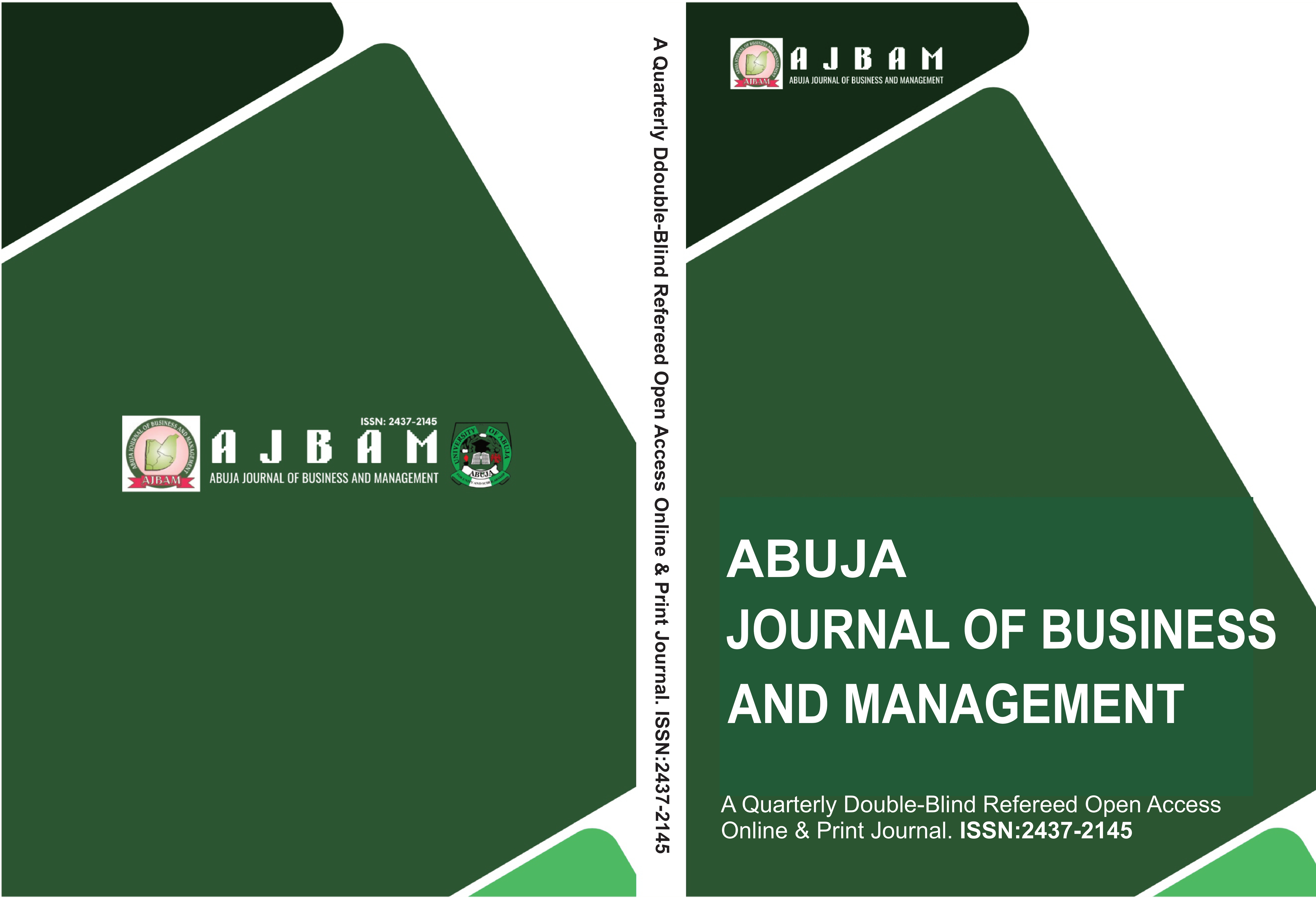DEMOGRAPHIC PREDICTORS OF UNETHICAL BEHAVIOR: A CROSS-SECTIONAL STUDY ON GENDER, AGE, AND EMPLOYMENT STATUS
DOI:
https://doi.org/10.7118/v6rt3x62Keywords:
Demographic predictors, Employment status, Ethical climate, Organizational ethics, Unethical behavior.Abstract
This study investigates the demographic predictors of unethical behavior, focusing on the roles of gender, age, and employment status among employees in various sectors in Nigeria. The study investigates how demographic factors, specifically gender, age, and employment status, predict unethical behavior among Nigerian employees. Using a cross-sectional research design, data were collected from a sample of 2,623 respondents through structured questionnaires. The study applied statistical techniques such as ANOVA and Chi-square tests to examine the relationships between demographic variables and unethical behavior. The findings revealed no significant differences in unethical behavior based on gender or age, challenging some prior research that suggested women and older individuals are less likely to engage in unethical practices. However, employment status significantly influenced unethical behavior, with employed individuals reporting higher levels of unethical behavior than their unemployed counterparts. This suggests that organizational pressures and workplace ethical climate play a more critical role in shaping unethical behavior than inherent demographic characteristics. The study highlights the importance of organizational ethics programs, moral leadership, and transparent reporting systems to mitigate unethical behavior in the workplace. Recommendations for future research include longitudinal studies to explore the interaction between demographic characteristics and organizational factors such as job stress and leadership style in shaping ethical decision-making over time.
Downloads
Published
Issue
Section
License
Copyright (c) 2024 Moruf Akanni Adebakin, AbdulAzeez A. Lawal, Nurudeen Alao Adebakin (Author)

This work is licensed under a Creative Commons Attribution 4.0 International License.
Authors retain copyright and grant the journal right of first publication with the work simultaneously. This work is licensed under Creative Commons Attribution 4.0 International



